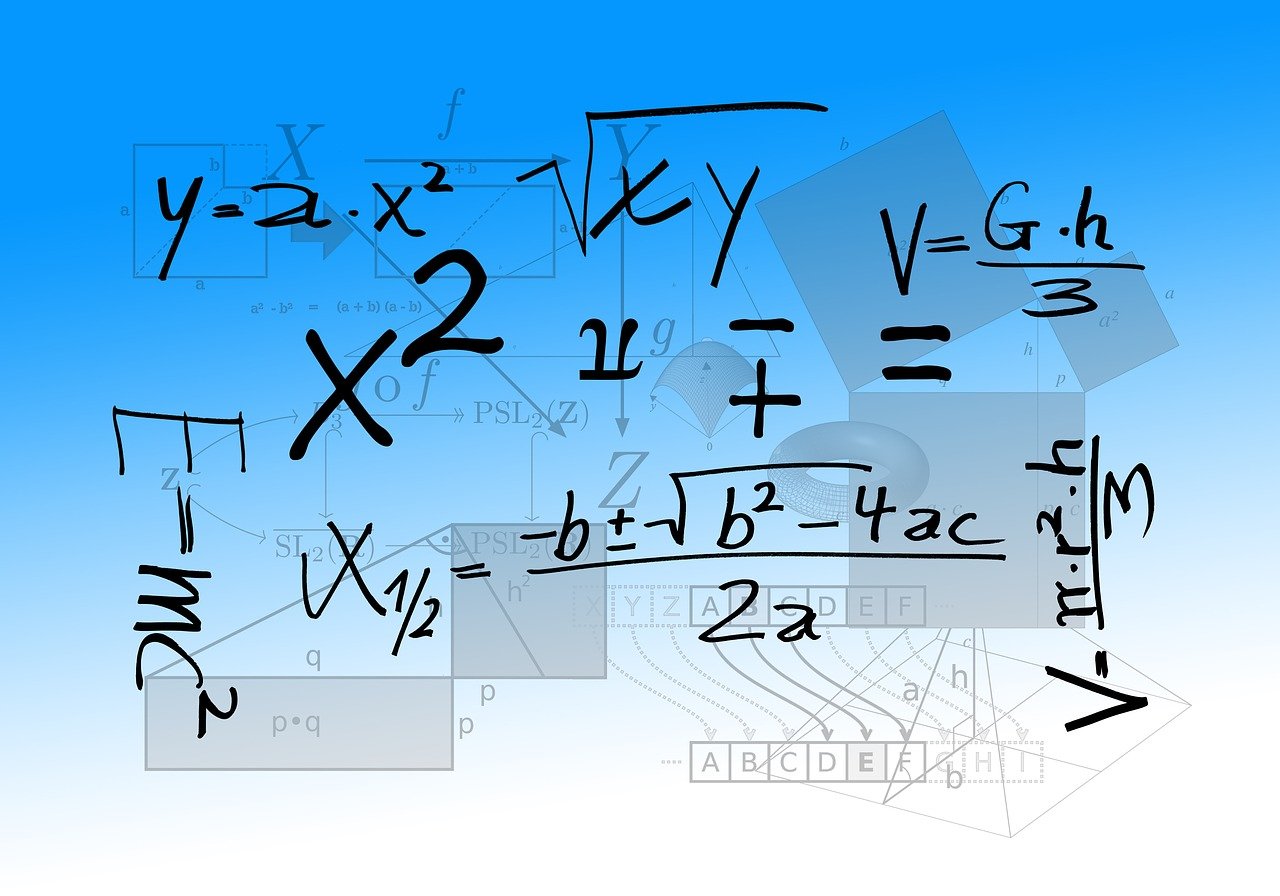What is SEER and HSPF?

In the HVAC industry, ensuring heating and cooling equipment perform efficiently is critical for installers and homeowners. In fact, the Department of Energy requires all air conditioning and heating equipment manufacturers to evaluate and rate the efficiency of their HVAC equipment on a seasonal basis. The ratings used to evaluate this equipment are known as 'SEER' and 'HSPF'. In this article, we will outline what these ratings mean and how they can assist in determining which air conditioner or heat pump you select for your home.
What is SEER?
SEER is the abbreviation for 'Seasonal Energy Efficiency Rating' and is utilized to rate the cooling efficiency of air conditioners and heat pumps. SEER is the ratio of the cooling output (the total number of BTUs of heat removed from the air) divided by the total energy required by the air conditioner/heat pump in watts. Simply put, the SEER represents how much energy an air conditioner or heat pump requires to operate effectively over a season.
Cooling equipment that utilizes less energy to produce proper temperatures throughout a home will have a higher SEER. The higher the SEER, the more efficient the air conditioner or heat pump will perform, potentially providing energy and cost savings. Ratings for SEER range between 13 – 23, with a rating of 16 or higher considered favorable. Air conditioners built over a decade ago have lower SEER's whereas new air conditioners and heat pump models are built with optimal energy efficiency ratings in mind. New cooling equipment is optimized to generally reduce energy costs, promote environmental friendliness, and is typically eligible for tax incentives and rebates.
SEER2
An updated rating, SEER2, is at the beginning stages of implementation in 2023. The main difference between SEER and SEER2 is the testing conditions. These differences may seem minimal, but they still produce different data values and warrant a new rating system that aligns more closely with ongoing efforts to reduce overall energy consumption in the United States.
“SEER2” stands for Seasonal Energy Efficiency Ratio 2. Specifically, SEER2 is the total heat (BTUs) removed from the conditioned space during the annual cooling season. This new testing procedure will better reflect the field conditions of installed air conditioners and heat pumps.
Previous SEER ratings will be altered with the new SEER2. For example, a previous rating of 16 SEER will become 15.2-15.4 with SEER2. Keep in mind that just because the SEER number for your current air conditioner or heat pump is smaller does not mean you are losing cooling efficiency.
What is HSPF?
In close relation to SEER, HSPF is the efficiency rating for heat equipment, specifically heat pumps, with the full title being 'Heating Seasonal Performance Factor'. HSPF is the ratio of the heating output (the total number of BTUs produced) divided by the total energy required by the heat pump in watts. Ratings for HSPF range between 6.8 to 13.5. Overall, heat pumps with higher HSPF will provide efficient heating and may lower energy bills. A heat pump with an HSPF rating of 8.2 or higher is considered good and approved by the EPA.
HSPF2
As of January 2023, the Department of Energy further refined HSPF, transitioning to HSPF2. This new scale (measuring energy required by kWh) has been proven even more efficient in assessing the performance of newer model heat pumps.
Heat Pumps and SEER/HSPF
Overall, heat pumps are more energy efficient compared to traditional heating options such as furnaces. Under the most ideal circumstances, heat pumps can transfer 300% more energy than they consume. And since a heat pump can provide both heating AND cooling, they are great investments for homeowners as a “one and done” option. Heat pumps are assessed by both ratings – SEER in the warmer months, and HSPF in the cooler, fall and winter months. To see how your current heat pump is rated, the SEER and HSPF information can typically be found on the energy guide stickers on the back of most units.
For more information about these energy-saving ratings and the best HVAC equipment options for your home, contact DG Heating & Cooling. We stay up to date on the latest in high-efficiency heating and cooling equipment and provide valuable advice on how homeowners can save on energy costs throughout the year!




